On Multi-Hop Decode-and-Forward Cooperative Relaying for Industrial Wireless Sensor Networks
Abstract
:1. Introduction
2. System and Channel Model
2.1. Notation
2.2. System Model
2.3. Channel Model
3. Bit Error Rate Performance Analysis
3.1. The Instantaneous SNR
3.2. The End-to-End Average BER
4. Channel Capacity Performance Analysis
4.1. The End-to-End Average Capacity
4.2. Statistics of the End-to-End Instantaneous Capacity
5. Numerical Results
5.1. Results on Average BER
5.2. Results on Channel Capacity
6. Conclusions
Acknowledgments
Author Contributions
Conflicts of Interest
Appendix A. Bit Error Rate Performance Analysis
Appendix A.1. Derivation for the Average BER Pℓ in Proposition 1
Appendix A.2. Derivation for the BER Relationship in Proposition 2
Appendix B. Channel Capacity Performance Analysis
Appendix B.1. Derivation of the Average Capacity in Proposition 4
References
- Sun, Y.; Lanctot, P.; Fan, J. White Paper: Internet of things: Wireless sensor networks; International Electrotechnical Commission: Geneva, Switzerland, 2014. [Google Scholar]
- Eugster, P.; Sundaram, V.; Zhang, X. Debugging the Internet of Things: The case of wireless sensor networks. IEEE Softw. 2015, 32, 38–49. [Google Scholar] [CrossRef]
- Byun, J.; Jeon, B.; Noh, J.; Kim, Y.; Park, S. An intelligent self-adjusting sensor for smart home services based on ZigBee communications. IEEE Trans. Consum. Electron. 2012, 58, 794–802. [Google Scholar] [CrossRef]
- Chraim, F.; Erol, Y.; Pister, K. Wireless Gas Leak Detection and Localization. IEEE Trans. Ind. Electron. 2015, 12, 768–779. [Google Scholar] [CrossRef]
- Das, K.; Zand, P.; Havinga, P. Industrial Wireless Monitoring with Energy-Harvesting Devices. IEEE Internet Comput. 2017, 21, 12–20. [Google Scholar] [CrossRef]
- Gungor, V.C.; Hancke, G.P. Industrial wireless sensor networks: Challenges, design principles, and technical approaches. IEEE Trans. Ind. Electron. 2009, 56, 4258–4265. [Google Scholar] [CrossRef]
- Willig, A.; Matheus, K.; Wolisz, A. Wireless technology in industrial networks. Proc. IEEE 2005, 93, 1130–1151. [Google Scholar] [CrossRef]
- Laneman, J.N.; Tse, D.N.; Wornell, G.W. Cooperative diversity in wireless networks: Efficient protocols and outage behavior. IEEE Trans. Inf. Theory 2004, 50, 3062–3080. [Google Scholar] [CrossRef]
- Gungor, V.C.; Lu, B.; Hancke, G.P. Opportunities and challenges of wireless sensor networks in smart grid. IEEE Trans. Ind. Electron. 2010, 57, 3557–3564. [Google Scholar] [CrossRef]
- Mao, S.; Hou, Y.T.; Wu, M.Y. Exploiting edge capability for wireless sensor networking. IEEE Wirel. Commun. 2008, 15, 67–73. [Google Scholar]
- Nosratinia, A.; Hunter, T.E.; Hedayat, A. Cooperative communication in wireless networks. IEEE Commun. Mag. 2004, 42, 74–80. [Google Scholar] [CrossRef]
- Kramer, G.; Gastpar, M.; Gupta, P. Cooperative strategies and capacity theorems for relay networks. IEEE Trans. Inf. Theory 2005, 51, 3037–3063. [Google Scholar] [CrossRef]
- Islam, S.N.; Sadeghi, P.; Durrani, S. Error performance analysis of decode-and-forward and amplify-and-forward multi-way relay networks with binary phase shift keying modulation. IET Commun. 2013, 7, 1605–1616. [Google Scholar] [CrossRef]
- Dhaka, K.; Mallik, R.K.; Schober, R. Performance analysis of decode-and-forward multi-hop communication: A difference equation approach. IEEE Trans. Commun. 2012, 60, 339–345. [Google Scholar] [CrossRef]
- Morgado, E.; Mora-Jiménez, I.; Vinagre, J.J.; Ramos, J.; Caamaño, A.J. End-to-end average BER in multihop wireless networks over fading channels. IEEE Trans. Wirel. Commun. 2010, 9, 2478–2487. [Google Scholar] [CrossRef]
- Katiyar, H.; Bhattacharjee, R. Average capacity and signal-to-noise ratio analysis of multi-antenna regenerative cooperative relay in Rayleigh fading channel. IET Commun. 2011, 5, 1971–1977. [Google Scholar] [CrossRef]
- Bhatnagar, M.R. On the capacity of decode-and-forward relaying over Rician fading channels. IEEE Commun. Lett. 2013, 17, 1100–1103. [Google Scholar] [CrossRef]
- Soleimani-Nasab, E.; Matthaiou, M.; Ardebilipour, M. Multi-relay MIMO Systems with OSTBC over Nakagami-Fading Channels. IEEE Trans. Veh. Technol. 2013, 62, 3721–3736. [Google Scholar] [CrossRef]
- Farhadi, G.; Beaulieu, N.C. On the ergodic capacity of wireless relaying systems over Rayleigh fading channels. IEEE Trans. Wirel. Commun. 2008, 7, 4462–4467. [Google Scholar] [CrossRef]
- Ikki, S.; Ahmed, M.H. Performance analysis of cooperative diversity wireless networks over Nakagami-m fading channel. IEEE Commun. Lett. 2007, 11, 334–336. [Google Scholar] [CrossRef]
- Asghari, V.; da Costa, D.B.; Aïssa, S. Performance analysis for multihop relaying channels with Nakagami-m fading: Ergodic capacity upper-bounds and outage probability. IEEE Trans. Commun. 2012, 60, 2761–2767. [Google Scholar] [CrossRef]
- Kassam, S.A. Signal Detection in Non-Gaussian Noise; Springer: New York, NY, USA, 2012. [Google Scholar]
- Low, K.S.; Win, W.N.N.; Er, M.J. Wireless sensor networks for industrial environments. In Proceedings of the International Conference on Computational Intelligence for Modelling, Control and Automation (CIMCA), Vienna, Austria, 28–30 November 2005; Volume 2, pp. 271–276. [Google Scholar]
- Sánchez, M.G.; Cuinas, I.; Alejos, A.V. Interference and impairments in radio communication systems due to industrial shot noise. In Proceedings of the IEEE International Symposium on Industrial Electronics (ISIE), Vigo, Spain, 4–7 June 2007; pp. 1849–1854. [Google Scholar]
- Chilo, J.; Karlsson, C.; Ängskog, P.; Stenumgaard, P. Impulsive noise measurement methodologies for APD determination in M2M environments. In Proceedings of the IEEE International Symposium on Electromagnetic Compatibility (EMC), Kyoto, Japan, 17–21 August 2009; pp. 151–154. [Google Scholar]
- Middleton, D. Canonical and quasi-canonical probability models of Class A interference. IEEE Trans. Electromagn. Compat. 1983, EMC-25, 76–106. [Google Scholar] [CrossRef]
- Matsumoto, Y.; Wu, I.; Gotoh, K.; Ishigami, S. Measurement and modeling of electromagnetic noise from LED light bulbs. IEEE Electromagn. Compat. Mag. 2013, 2, 58–66. [Google Scholar] [CrossRef]
- Middleton, D. Man-made noise in urban environments and transportation systems: Models and measurements. IEEE Trans. Commun. 1973, 21, 1232–1241. [Google Scholar] [CrossRef]
- Häring, J.; Vinck, A.J.H. Performance bounds for optimum and suboptimum reception under class-A impulsive noise. IEEE Trans. Commun. 2002, 50, 1130–1136. [Google Scholar] [CrossRef]
- Middleton, D. Non-Gaussian noise models in signal processing for telecommunications: New methods an results for class A and class B noise models. IEEE Trans. Inf. Theory 1999, 45, 1129–1149. [Google Scholar] [CrossRef]
- Cassioli, D.; Win, M.Z.; Molisch, A.F. The ultra-wide bandwidth indoor channel: from statistical model to simulations. IEEE J. Sel. Areas Commun. 2002, 20, 1247–1257. [Google Scholar] [CrossRef]
- Sheikh, A.U.; Abdi, M.; Handforth, M. Indoor mobile radio channel at 946 MHz: Measurements and modeling. In Proceedings of the 43rd IEEE Vehicular Technology Conference (VTC), Secaucus, NJ, USA, 18–20 May 1993; pp. 73–76. [Google Scholar]
- Karedal, J.; Wyne, S.; Almers, P.; Tufvesson, F.; Molisch, A.F. A measurement-based statistical model for industrial ultra-wideband channels. IEEE Trans. Wirel. Commun. 2007, 6, 3028–3037. [Google Scholar] [CrossRef]
- Sarkar, T.K.; Wicks, M.C.; Salazar-Palma, M.; Bonneau, R.J. Smart Antennas; John Wiley & Sons: Hoboken, NJ, USA, 2003. [Google Scholar]
- Simon, M.K.; Alouini, M.S. Digital Communication over Fading Channels; John Wiley & Sons: Hoboken, NJ, USA, 2005. [Google Scholar]
- Erceg, V.; Greenstein, L.J.; Tjandra, S.Y.; Parkoff, S.R.; Gupta, A.; Kulic, B.; Julius, A.A.; Bianchi, R. An empirically based path loss model for wireless channels in suburban environments. IEEE J. Sel. Areas Commun. 1999, 17, 1205–1211. [Google Scholar] [CrossRef]
- Tanghe, E.; Joseph, W.; Verloock, L.; Martens, L.; Capoen, H.; Herwegen, K.V.; Vantomme, W. The industrial indoor channel: Large-scale and temporal fading at 900, 2400, and 5200 MHz. IEEE Trans. Wirel. Commun. 2008, 7, 2740–2751. [Google Scholar] [CrossRef]
- Ai, Y.; Cheffena, M.; Li, Q. Radio frequency measurements and capacity analysis for industrial indoor environments. In Proceedings of the European Conference on Antennas and Propagation (EuCAP), Lisbon, Portugal, 13–17 April 2015; pp. 1–5. [Google Scholar]
- Salman, N.; Kemp, A.; Ghogho, M. Low complexity joint estimation of location and path-loss exponent. IEEE Wirel. Commun. Lett. 2012, 1, 364–367. [Google Scholar] [CrossRef]
- Zhao, X.; Razouniov, L.; Greenstein, L.J. Path loss estimation algorithms and results for RF sensor networks. In Proceedings of the 60th IEEE Vehicular Technology Conference (VTC-Fall), Los Angeles, CA, USA, 26–29 September 2004; Volume 7, pp. 4593–4596. [Google Scholar]
- Spaulding, A.D.; Middleton, D. Optimum reception in an impulsive interference environment–part I: coherent detection. IEEE Trans. Commun. 1977, 25, 910–923. [Google Scholar] [CrossRef]
- Middleton, D. Procedures for Determining the Parameters of the First-Order Canonical Models of Class A and Class B Electromagnetic Interference [10]. IEEE Trans. Electromagn. Compat. 1979, EMC-21, 190–208. [Google Scholar] [CrossRef]
- Zabin, S.M.; Poor, H.V. Parameter estimation for Middleton Class A interference processes. IEEE Trans. Commun. 1989, 37, 1042–1051. [Google Scholar] [CrossRef]
- Banelli, P. Bayesian Estimation of a Gaussian Source in Middleton’s Class-A Impulsive Noise. IEEE Signal Proc. Lett. 2013, 20, 956–959. [Google Scholar] [CrossRef]
- Miller, S.; Childers, D. Probability and Random Processes: With Applications to Signal Processing and Communications; Elsevier: Amsterdam, The Netherlands, 2004. [Google Scholar]
- Jeffrey, A.; Zwillinger, D. Table of Integrals, Series, and Products, 7th ed.; Elsevier: Amsterdam, The Netherlands, 2007. [Google Scholar]
- Thomas, J.A.; Cover, T. Elements of Information Theory, 2nd ed.; Wiley: Hoboken, NJ, USA, 2006. [Google Scholar]
- Shomorony, I.; Avestimehr, A.S. Worst-case additive noise in wireless networks. IEEE Trans. Inf. Theory 2013, 59, 3833–3847. [Google Scholar] [CrossRef]
- Lu, J.; Letaief, K.B.; Chuang, J.I.; Liou, M.L. M-PSK and M-QAM BER computation using signal-space concepts. IEEE Trans. Commun. 1999, 47, 181–184. [Google Scholar]
- Aniba, G.; Aïssa, S. BER evaluation for general QAM in Nakagami-m fading channels. Electron. Lett. 2009, 45, 319–321. [Google Scholar] [CrossRef]
- Abramowitz, M.; Stegun, I.A. Handbook of Mathematical Functions: With Formulas, Graphs, and Mathematical Tables; Number 55; Courier Corporation: New York, NY, USA, 1964. [Google Scholar]
- Costa, D.B.D.; Aïssa, S. Capacity analysis of cooperative systems with relay selection in Nakagami-m fading. IEEE Commun. Lett. 2009, 13, 637–639. [Google Scholar] [CrossRef]

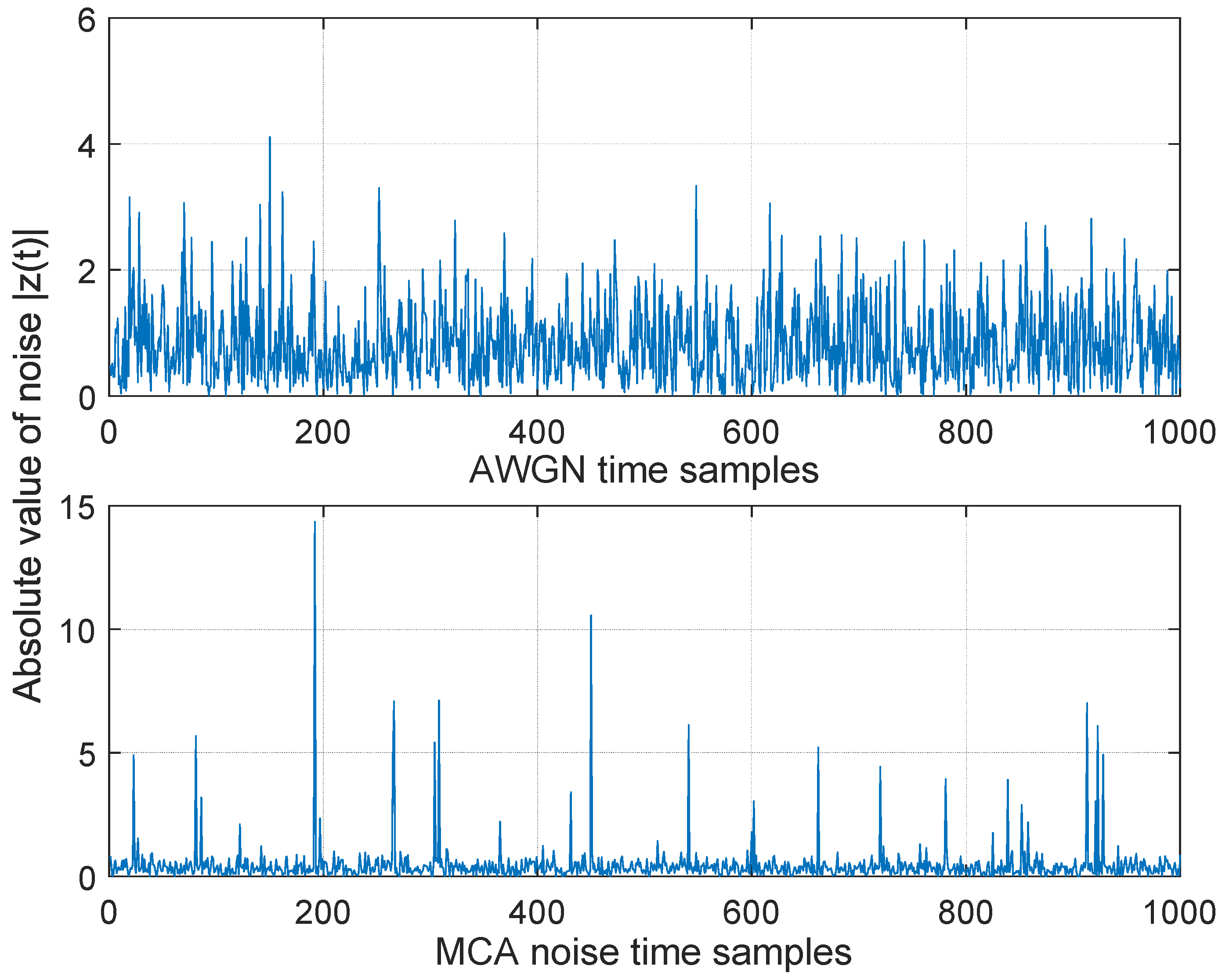
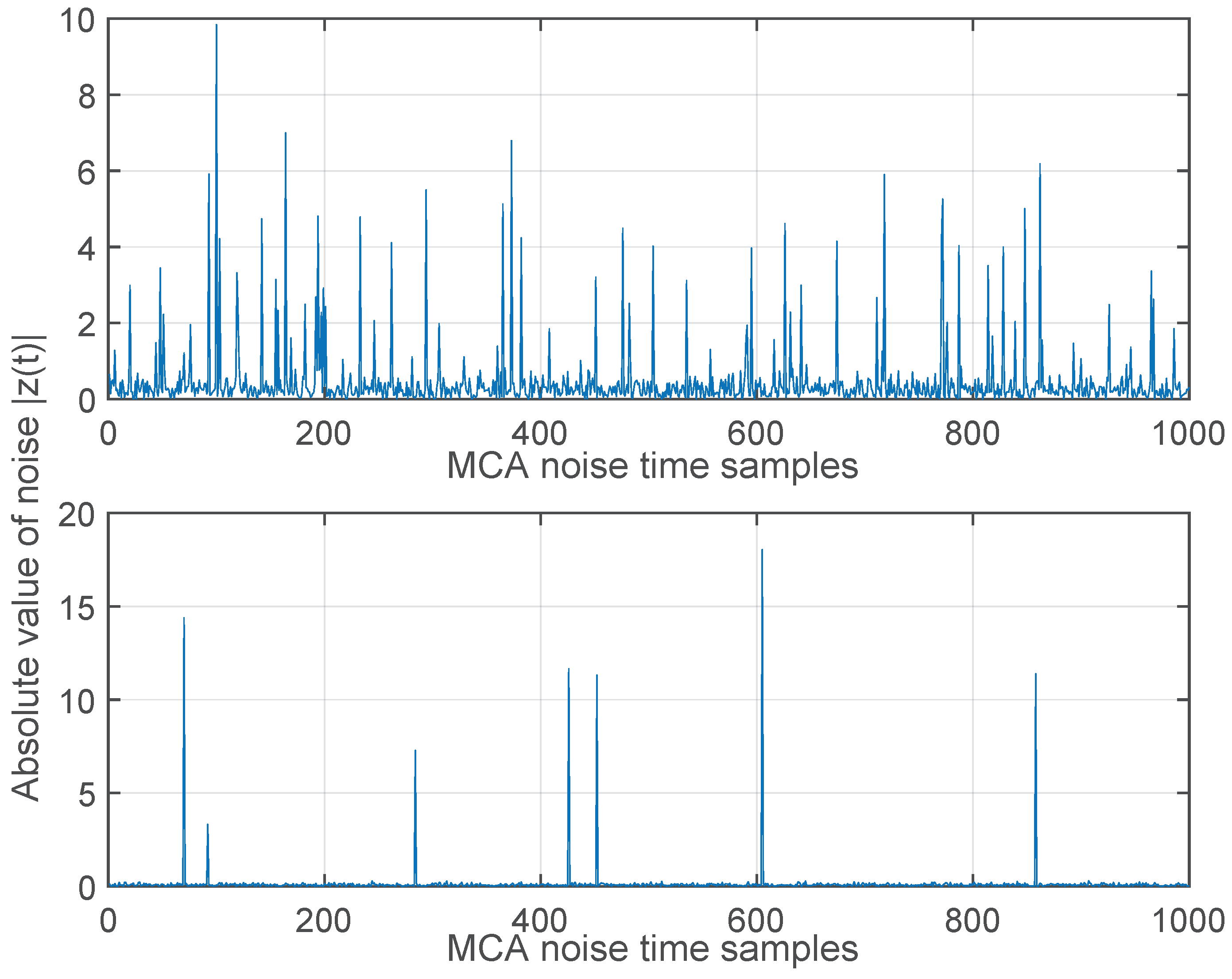


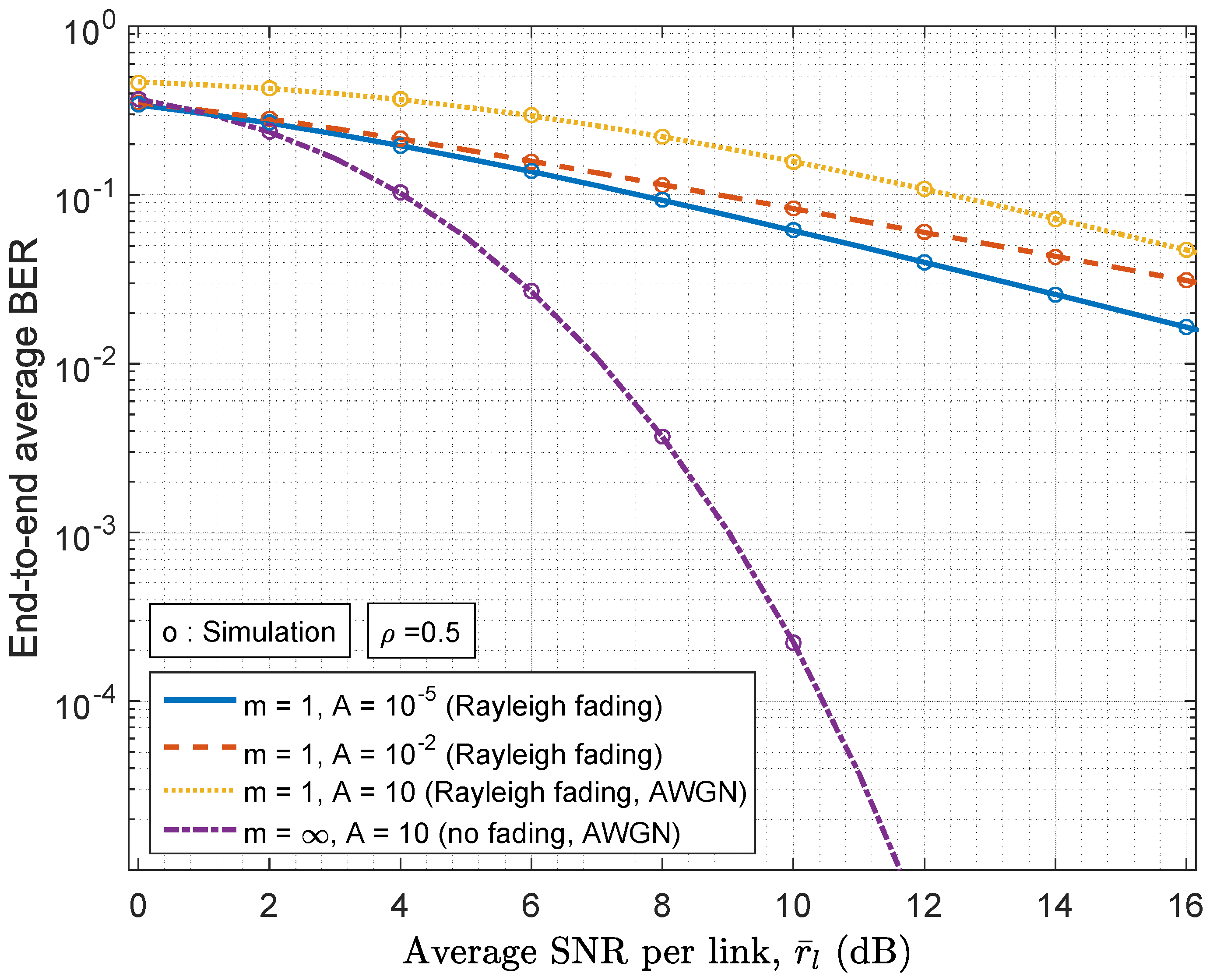



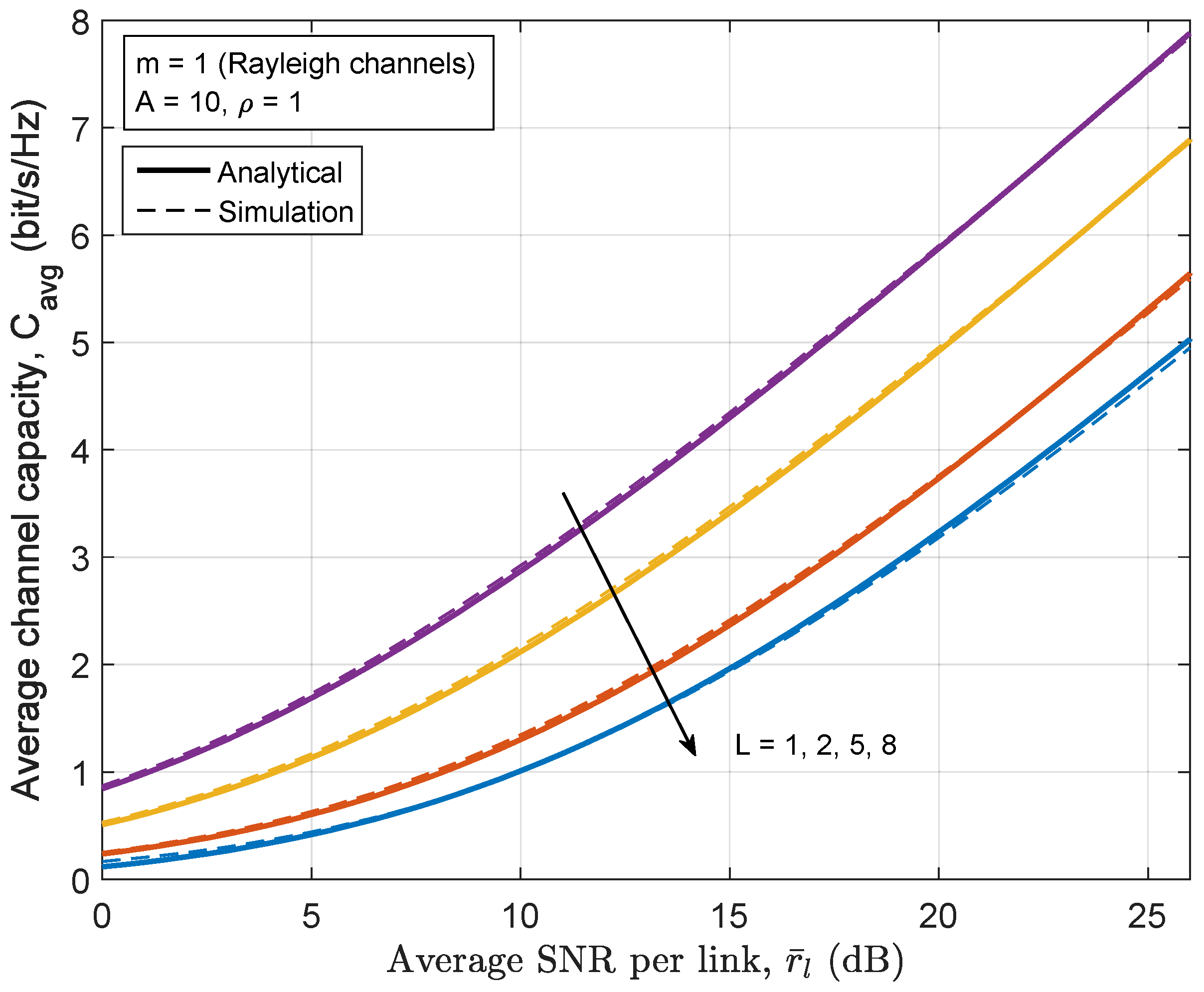
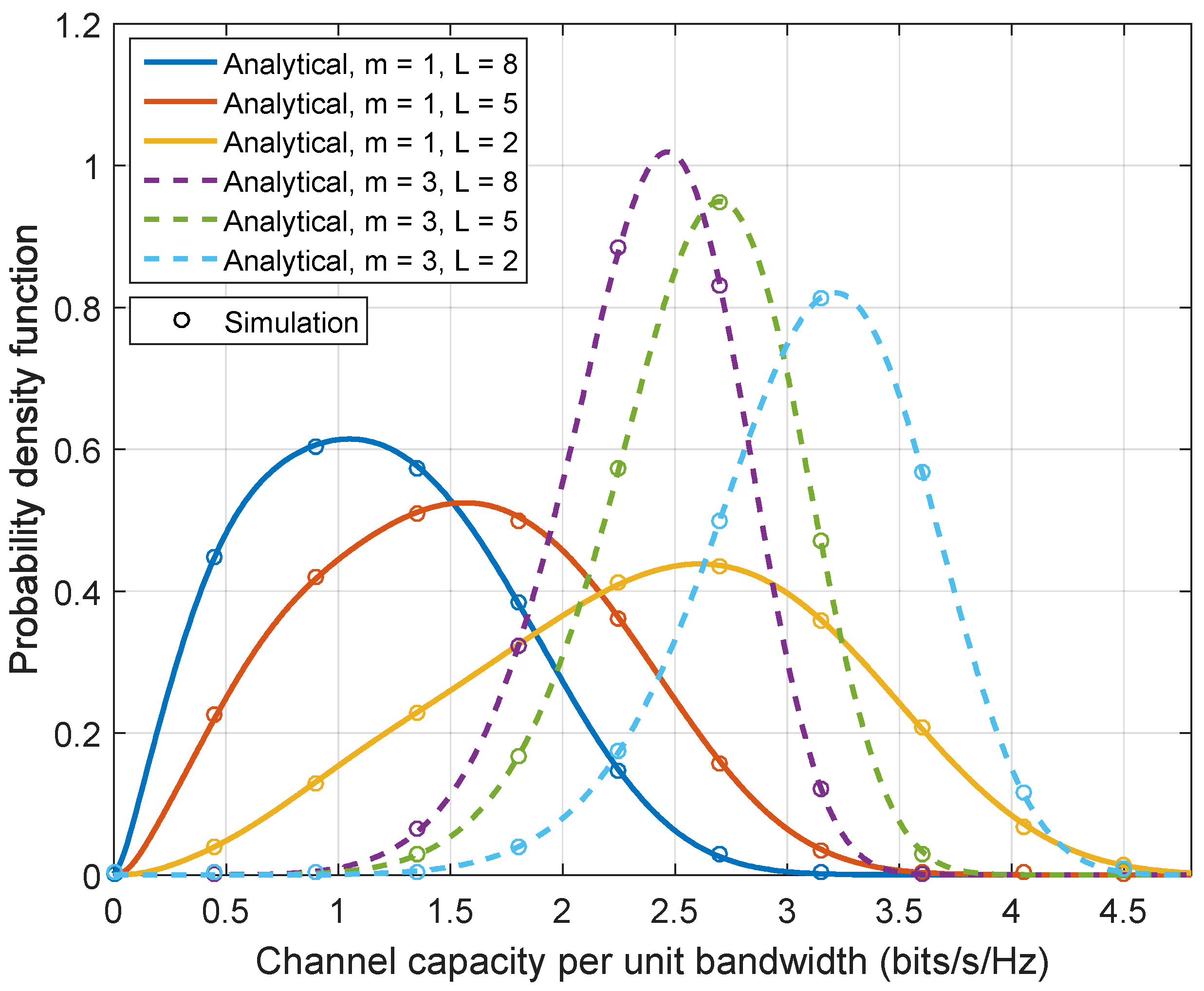
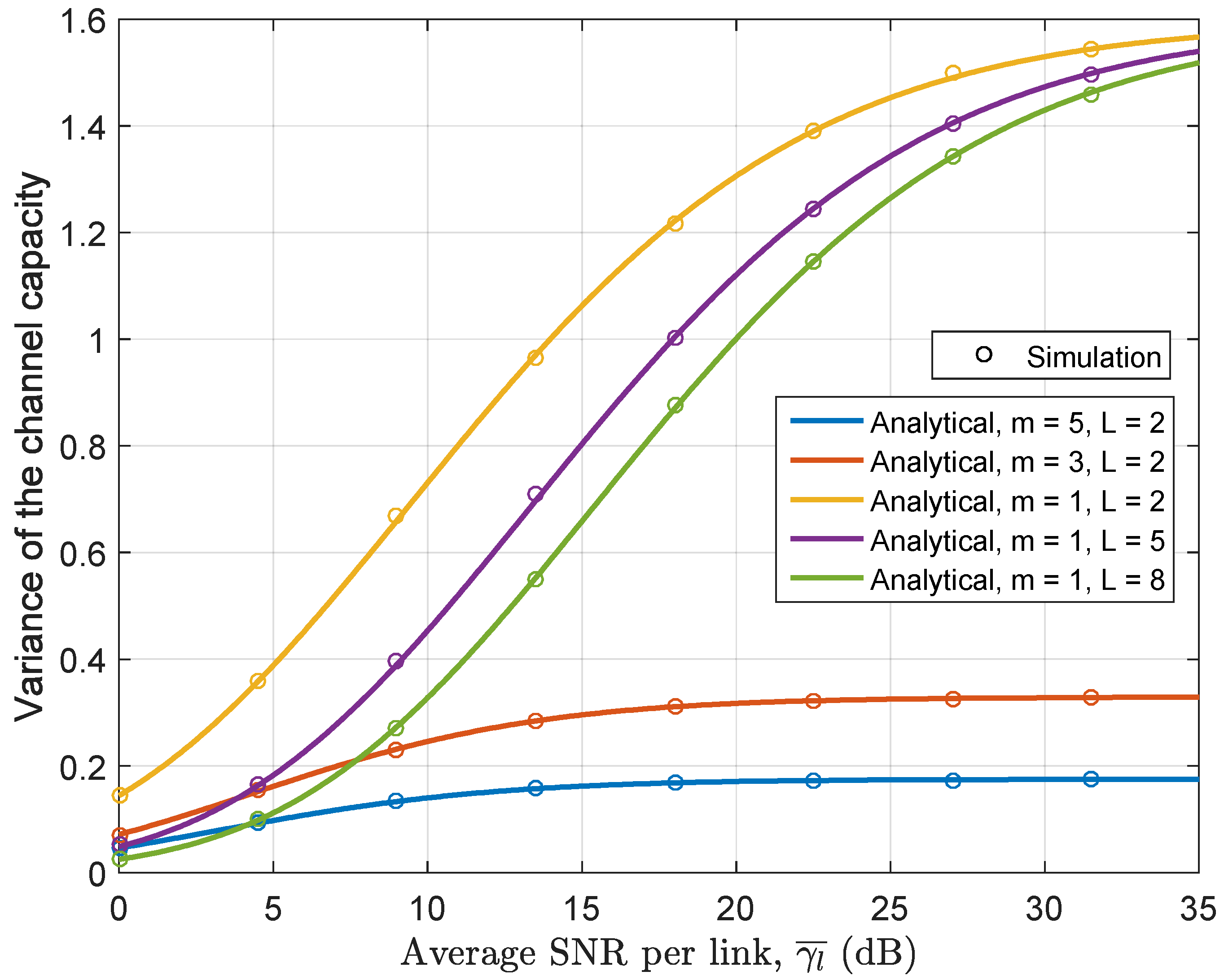
© 2017 by the authors. Licensee MDPI, Basel, Switzerland. This article is an open access article distributed under the terms and conditions of the Creative Commons Attribution (CC BY) license (http://creativecommons.org/licenses/by/4.0/).
Share and Cite
Ai, Y.; Cheffena, M. On Multi-Hop Decode-and-Forward Cooperative Relaying for Industrial Wireless Sensor Networks. Sensors 2017, 17, 695. https://doi.org/10.3390/s17040695
Ai Y, Cheffena M. On Multi-Hop Decode-and-Forward Cooperative Relaying for Industrial Wireless Sensor Networks. Sensors. 2017; 17(4):695. https://doi.org/10.3390/s17040695
Chicago/Turabian StyleAi, Yun, and Michael Cheffena. 2017. "On Multi-Hop Decode-and-Forward Cooperative Relaying for Industrial Wireless Sensor Networks" Sensors 17, no. 4: 695. https://doi.org/10.3390/s17040695
APA StyleAi, Y., & Cheffena, M. (2017). On Multi-Hop Decode-and-Forward Cooperative Relaying for Industrial Wireless Sensor Networks. Sensors, 17(4), 695. https://doi.org/10.3390/s17040695




